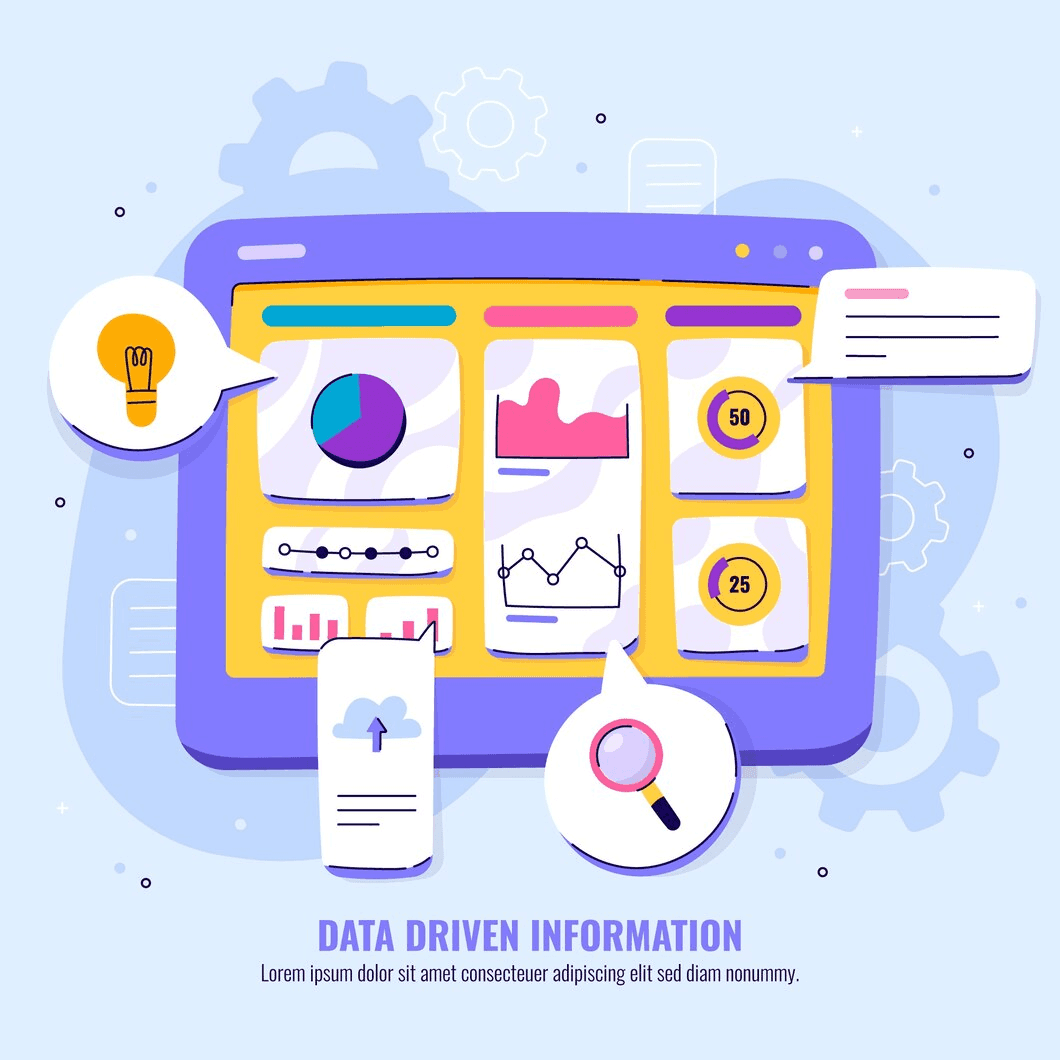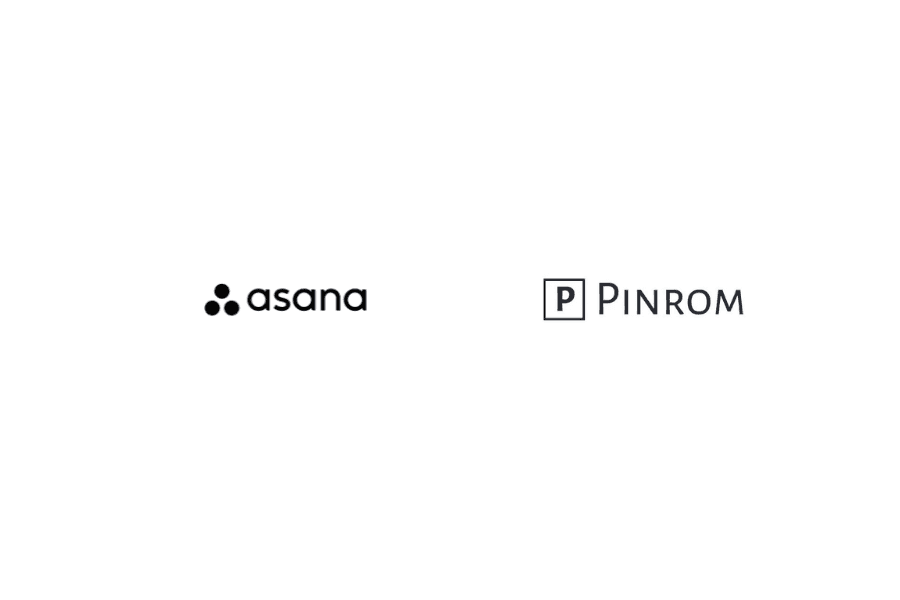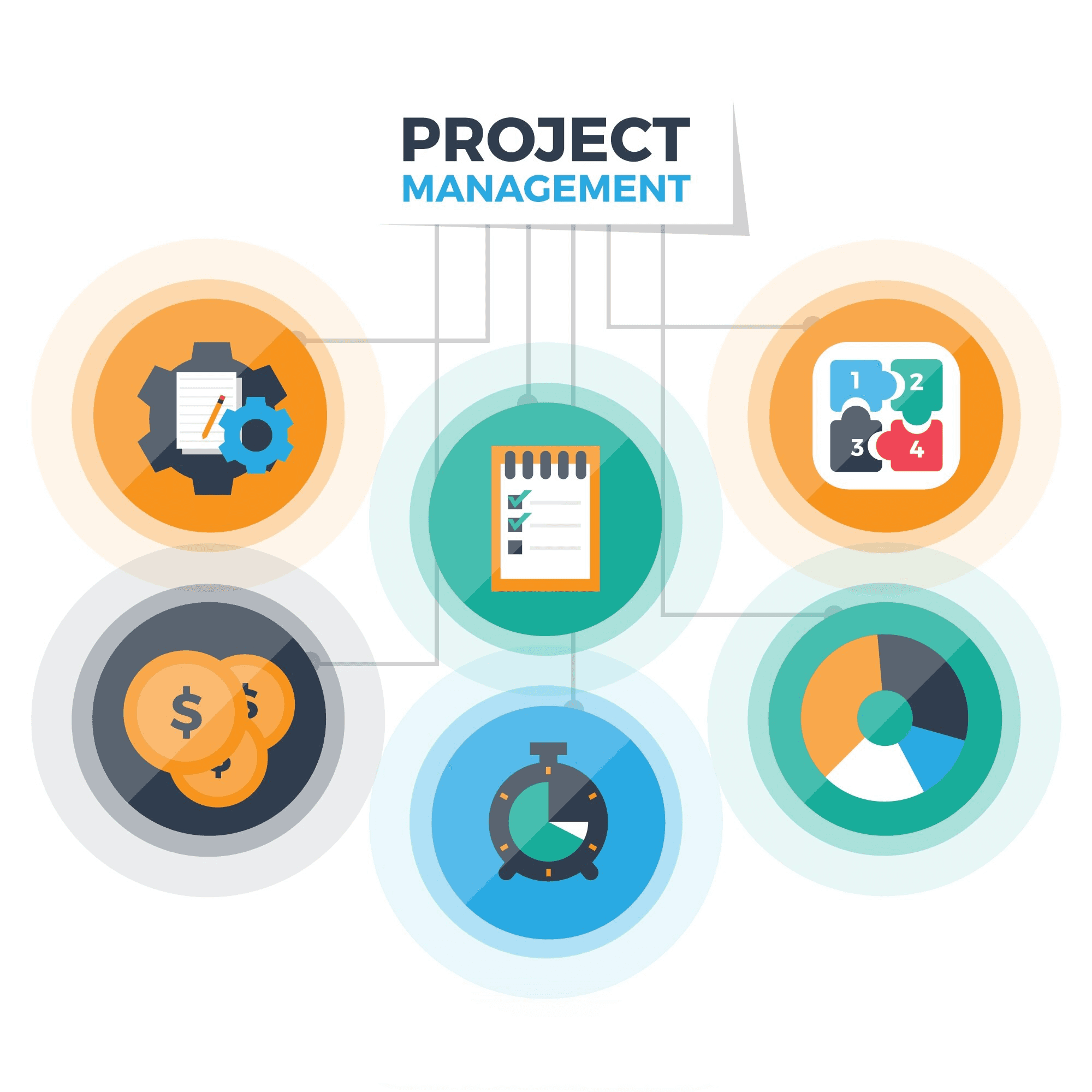In today’s fast-paced business landscape, solopreneurs often juggle a multitude of roles. Managing projects, overseeing freelancers, keeping track of finances, and meeting client deadlines—all of these tasks demand attention, and the complexity only increases without a dedicated project manager.
The challenge grows even greater for those working within tight budgets, where relying on expensive solutions or hiring extra help isn’t always an option. But what if there was a way to simplify and streamline all these tasks?
Could the right approach unlock greater efficiency and success, all without breaking the bank? The answer isn’t obvious, but exploring the right strategies could make all the difference.
Streamlining Task Management for Increased Efficiency
For solopreneurs, managing a growing workload often means working with multiple freelancers or contractors, each tasked with different responsibilities. Without a project manager, it’s easy for things to slip through the cracks.
However, with the right office management software, organizing tasks becomes significantly easier. These tools allow solopreneurs to break projects into manageable tasks, assign deadlines, and track progress with ease.
With clear task allocation, solopreneurs can ensure that every freelancer knows exactly what’s expected of them. The ability to assign specific tasks and set realistic deadlines ensures that everyone stays on track, reducing the risk of missed milestones or bottlenecks in the workflow.
The software also provides a centralized platform where tasks can be monitored, allowing solopreneurs to stay updated on progress without micromanaging every detail. This level of organization minimizes confusion, boosts productivity, and leads to smoother project execution.
Additionally, task management features like automated reminders, task dependencies, and drag-and-drop task prioritization improve workflow efficiency. These features ensure that solopreneurs can focus on running their business, rather than spending unnecessary time managing minute details.
Efficient Freelancer Management and Collaboration
Freelancers are often the lifeblood of a solopreneur’s business. However, coordinating with multiple freelancers, ensuring timely delivery of work, and maintaining consistent communication can become overwhelming. A budget-friendly office management software can greatly simplify this process by offering features designed to improve freelancer collaboration and productivity.
By using project management tools, solopreneurs can streamline communication with freelancers. In-built messaging and comment sections for each task allow instant feedback and updates.
This keeps the freelancers informed about project changes and enables real-time communication, which reduces the chances of misunderstandings. Furthermore, these tools enable solopreneurs to track the freelancers’ work hours, monitor task progress, and provide feedback—all within the same platform.
Such software also often includes time-tracking features that help both the freelancer and solopreneur monitor time spent on tasks. This is particularly important for projects with strict timelines or hourly payment structures.
With freelancers’ work logged in the system, solopreneurs can easily identify potential delays, reallocate resources if needed, and adjust timelines accordingly.
Enhancing Client Communication and Trust
Maintaining strong relationships with clients is crucial for any solopreneur, but it can be especially challenging when managing multiple projects simultaneously. Project management tools provide a solution by offering features that enhance communication and transparency between solopreneurs and their clients.
Through shared project boards or progress tracking dashboards, solopreneurs can offer clients real-time updates about the status of their projects. These tools allow clients to see exactly where the project stands in terms of milestones, deadlines, and any pending tasks. By keeping clients in the loop, solopreneurs foster trust and confidence, which can translate into long-term working relationships.
Additionally, by using these tools, solopreneurs can easily track client feedback and requests. If a client asks for revisions or modifications to a project, the solopreneur can quickly update the task details and notify the freelancer of any changes.
This ensures that all revisions are made promptly and according to client specifications, reducing the risk of misunderstandings and improving client satisfaction.
Managing Budgets and Finances Effectively
One of the most challenging aspects of running a business as a solopreneur is managing budgets. Without the support of a dedicated finance team, solopreneurs must handle the financial side of their business on their own.
Budget-friendly office management software can assist in this area by integrating financial tools that help manage project costs, track expenses, and stay within budget. Solopreneurs can use project management tools to set financial goals for each project, assign budgets to different tasks, and track spending in real-time.
These features allow them to avoid overspending, allocate funds more effectively, and identify areas where they can cut costs. Most project management software also integrates with accounting tools, providing a seamless financial overview and saving time on manual tracking.
The ability to track costs at every stage of a project helps solopreneurs ensure that they are delivering results within the constraints of their clients’ budgets. By keeping detailed records of expenses, payments, and invoices, solopreneurs can prevent unexpected costs and avoid losing money on projects.
Scaling and Customization for Growing Businesses
As a solopreneur’s business grows, so too do their project management needs. What worked for a small, one-person operation may not be enough as the business expands. Fortunately, most office management software solutions are designed to scale with a growing business.
This means that solopreneurs can continue using the same tool as they add more freelancers, projects, or clients. One of the key advantages of these tools is their customization options.
Solopreneurs can tailor the system to fit their specific business model, adjusting workflows, task structures, and reporting features as needed. This customization ensures that the software remains relevant even as the business diversifies.
Additionally, as the business grows, solopreneurs can add new freelancers or clients to the system without disrupting the existing workflow. They can also create different access levels for various users, ensuring that sensitive information is only accessible to those who need it.
Conclusion
For solopreneurs, managing projects, freelancers, and client relationships without a project manager can feel overwhelming. However, with the right budget-friendly office management software, the complexities of running a business become far more manageable.
These tools help streamline task management, enhance communication, simplify budgeting, and provide greater control over projects and finances. By adopting the right solution, solopreneurs can effectively manage multiple projects and freelancers while maintaining the flexibility to adapt to business changes.
The affordability of these tools ensures that solopreneurs can continuously optimize workflows without exceeding their budgets. Ultimately, the right project management software becomes an indispensable partner, fostering higher productivity and better outcomes.
Pinrom offers an ideal solution for solopreneurs, providing robust project management features at just $1/user—an extremely affordable option to streamline your business operations.














